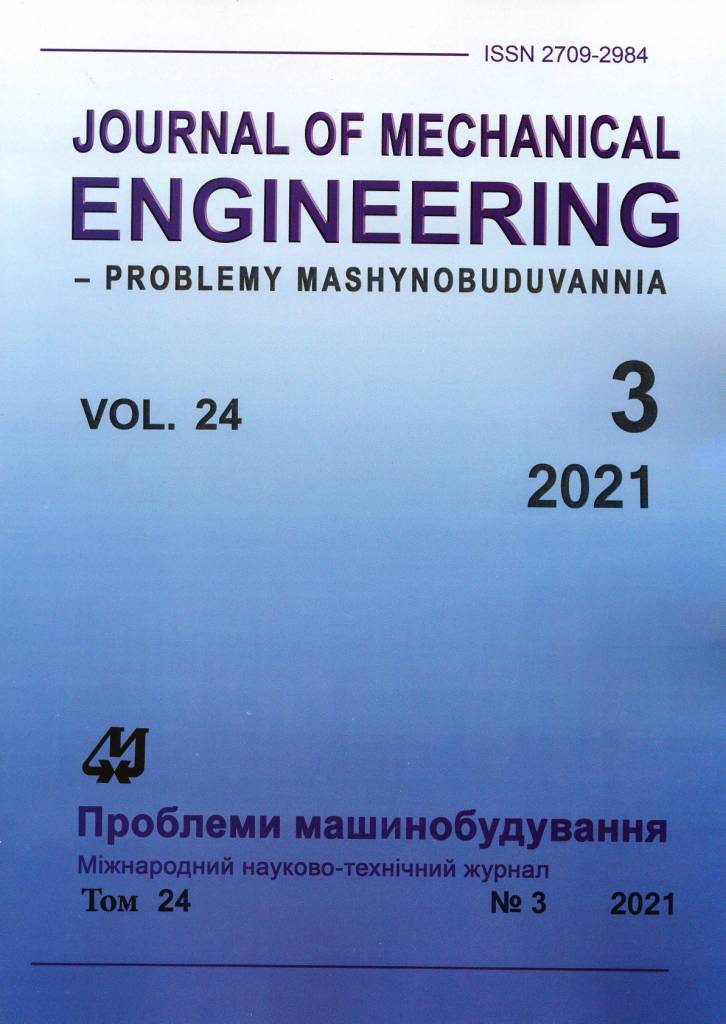Numerical Investigations of the Crack Resistance of Ion-Strengthened Sheet Glass Under Bending Strains
Abstract
The safety of reliable operation of aircraft and their durability essentially depend on the strength of the glazing, which is a critical structural element. There are a number of different requirements for glazing. To provide the necessary parameters, high-strength silicate glass is widely used, and special technologies for its strengthening are used. The analysis of the problem showed that the insufficient strength of aircraft glazing elements and the complexity of methods for monitoring the state of glass during production and operation due to the presence of microscopic surface defects, as well as the need for a reliable assessment of residual stresses, require that there be used new approaches and technical solutions for the development of modern technologies for creating structures. Ion exchange is one of the glass strengthening mechanisms, which makes it possible to reduce the negative effect of surface defects by artificially creating residual compressive stresses and reducing the thickness of the damaged layer. Computational studies, under bending strains, of the crack resistance of ion-exchange strengthened sheet glass were carried out using an in-house FEM-based software package developed to study the thermally stressed states of structures. The results obtained showed that the strength of real sheet glass fracture due to tensile stresses in bending is determined by crack-like surface defects. The creation of residual compressive stresses on the glass surface by ion exchange strengthening provides an increase in bending strength. With an increase in residual stresses and the depth of their distribution, the effect of ion-exchange treatment increases. If the depth of the zone of compressive stresses due to ion-exchange strengthening is much less than the depth of the surface crack, then the strength of the glass depends little on the maximum compressive stresses on the surface. The effect of ion-exchange strengthening increases significantly in the case of a decrease in the depth of the surface crack. The expediency of further research and comparison of calculation results with experimental data are shown. The developed technique will make it possible to solve important practical problems in studying the strength of the aircraft multilayer glazing and determining the optimal methods for eliminating defects.
Downloads
Published
Issue
Section
License
Copyright (c) 2021 Pavlo P. Hontarovskyi, Н. В. Сметанкина, С. В. Угримов, Н. Г. Гармаш, И. И. Мележик

This work is licensed under a Creative Commons Attribution-NoDerivatives 4.0 International License.
All authors agree with the following conditions:
- The authors reserve the right to claim authorship of their work and transfer to the journal the right of first publication of the work under the license agreement (the agreement).
- Authors have a right to conclude independently additional agreement on non-exclusive spreading the work in the form in which it was published by the jpurnal (for example, to place the work in institution repository or to publish as a part of a monograph), providing a link to the first publication of the work in this journal.
- Journal policy allows authors to place the manuscript in the Internet (for example, in the institution repository or on a personal web sites) both before its submission to the editorial board and during its editorial processing, as this ensures the productive scientific discussion and impact positively on the efficiency and dynamics of citation of published work (see The Effect of Open Access).

